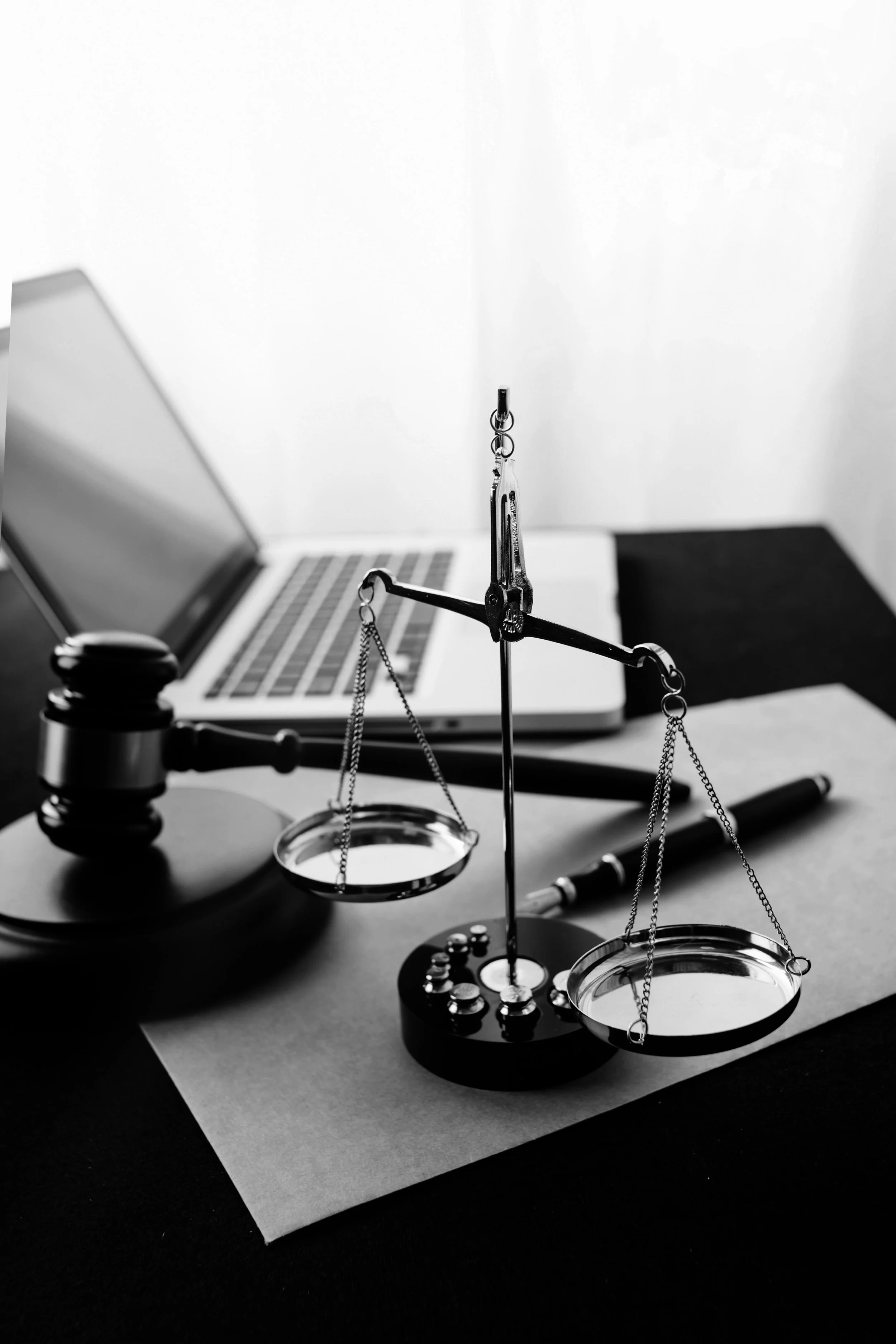Cybersecurity Doesn’t Sleep—Why Your Governance Model Shouldn’t Either
If you've ever watched a boardroom breathe a collective sigh of relief after the final slide of a cybersecurity audit presentation, you might assume the job is done. The spreadsheets are neat, the risk register looks manageable, and the auditors have left the building. But in 2025, that sigh is premature—and dangerously outdated.
Because cybersecurity doesn't punch out at 5 p.m. It doesn't show up once a year in a binder. And it certainly doesn't wait for audit season to go sideways. Yet many boardrooms still treat cybersecurity as if it were a compliance checkbox. An annual item. A hurdle to clear before returning to the "real" business of growth and innovation. That mindset is not just outdated—it's risky. Critically risky.
Let's call it what it is: the audit illusion. The belief that a clean sheet today means a clean environment tomorrow. But in a world where breaches unfold in milliseconds and supply chain compromises simmer silently for months, that illusion is costing companies more than reputational damage. It's costing them resilience.
So what should governance look like in 2025?
The Shift: From Static to Situational Awareness
Progressive boards are realizing that cybersecurity isn't a quarterly conversation. It's a living, breathing operational domain—more akin to treasury than to tax. And like any high-stakes area, it requires continuous assurance.
We're talking about real-time risk dashboards that don't just sit on the CIO's laptop, but are reviewed at every executive committee meeting. We're talking about ongoing attack simulations that stress-test systems the way central banks stress-test economies. And yes, we're talking about continuous control validation—because what was secure yesterday might already be exploitable today.
The CISO's role? No longer a back-office technocrat. In the new model, they stand shoulder-to-shoulder with the CFO and COO, offering live situational briefings, not stale risk summaries.
The Tools Are Already Here
The irony is, boards don't need a revolution—they just need to use what they've already approved. Security teams today have access to telemetry-rich platforms that flag anomalies in real-time. SaaS-based risk engines can benchmark your cyber posture against industry peers. Continuous penetration testing platforms simulate threats on an ongoing basis, not just once a year.
Companies working with a penetration testing company in Malaysia such as AKATI Sekurity are already embracing this transformation. Through automated and human-led hybrid testing models, organizations are integrating security directly into their DevOps and operational frameworks.
So why aren't more boards demanding this data? Partly because the old habits are comforting. The cadence of quarterly reviews, the ritual of PowerPoints, the illusion of control. But also because many directors haven’t yet asked the most important question: What don’t we know between audits?
Governance Must Catch Up to Reality
There is no such thing as "zero risk," but there is such a thing as "unmonitored risk." And in 2025, that is the greater sin.
For too long, boards have abdicated cyber governance to committees and consultants. But the attackers aren't waiting for board signoff. They're probing 24/7. They're using automation, AI, and an intimate knowledge of your supply chain. So the board's posture must evolve from passive oversight to active governance. From reviewing the report to interrogating the risk. From compliance to resilience.
Because the real question isn't whether you've passed your audit. It's whether you’re still secure the day after.
And in 2025, the companies that survive the breach aren't the ones who checked the box. They're the ones who checked their posture—every single day.
AKATI Sekurity, a top cybersecurity company in Malaysia, helps boards across sectors move from periodic audits to continuous assurance. As a trusted cyber security services company, we offer real-time risk dashboards, ongoing penetration testing services, and incident response retainer services to ensure you're not just compliant, but resilient.
If you're ready to bring cybersecurity governance into the 24/7 era, talk to us.
Frequently Asked Questions (FAQ)
1. Why is the traditional annual cybersecurity audit no longer sufficient?
Annual audits offer only a point-in-time snapshot, leaving organizations exposed during the rest of the year. With the velocity and sophistication of today’s cyber threats, boards must adopt continuous assurance models that deliver real-time visibility and rapid response.
2. What does 'continuous assurance' look like in practice?
It means shifting from quarterly reports to live dashboards, integrating penetration testing into DevOps, and holding regular briefings with cybersecurity leaders. It’s about making security a standing agenda item—not a seasonal one.
3. What Governance, Risk & Compliance (GRC) services does AKATI Sekurity offer?
AKATI Sekurity provides a full suite of GRC services including regulatory gap analysis, security policy reviews, and framework alignment (e.g., ISO 27001, NIST, GDPR). Our approach is boardroom-ready, compliance-driven, and execution-focused.
4. How does AKATI Sekurity support regulatory readiness?
Our consultants perform in-depth audits against global and regional standards, provide actionable roadmaps for remediation, and ensure all documentation is aligned with regulatory expectations—critical for audits, tenders, or public trust.
5. Can AKATI Sekurity tailor a cybersecurity governance strategy for my organization?
Absolutely. We work with leadership teams to craft governance strategies that align with your business objectives, risk appetite, and regulatory landscape—ensuring a resilient cybersecurity posture that scales with your growth.


